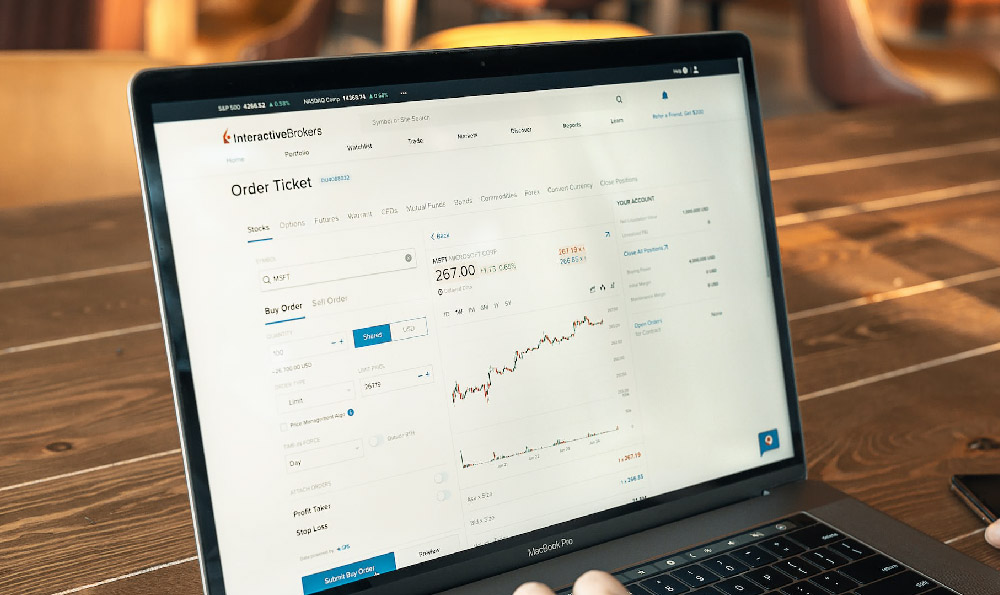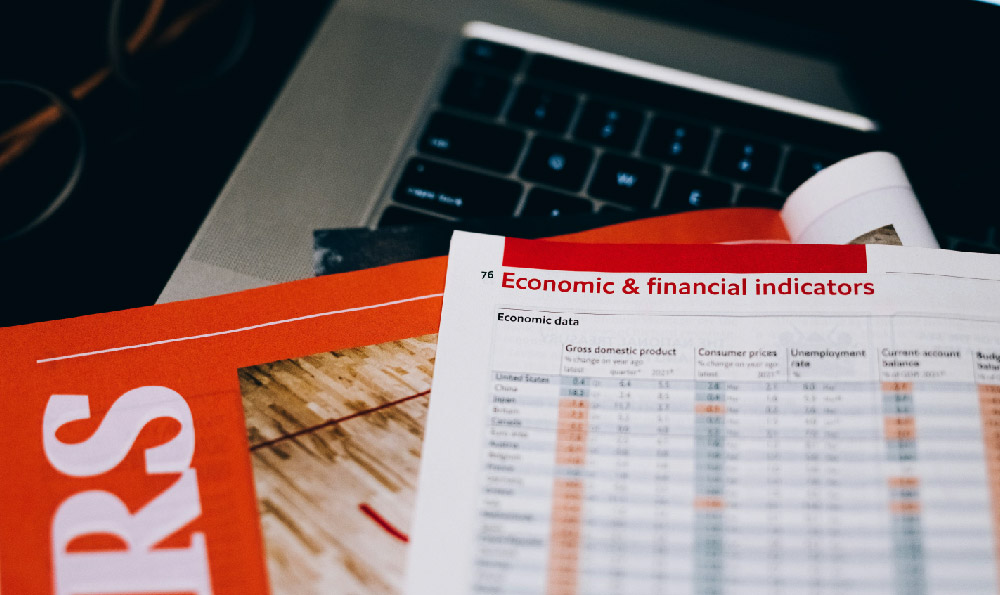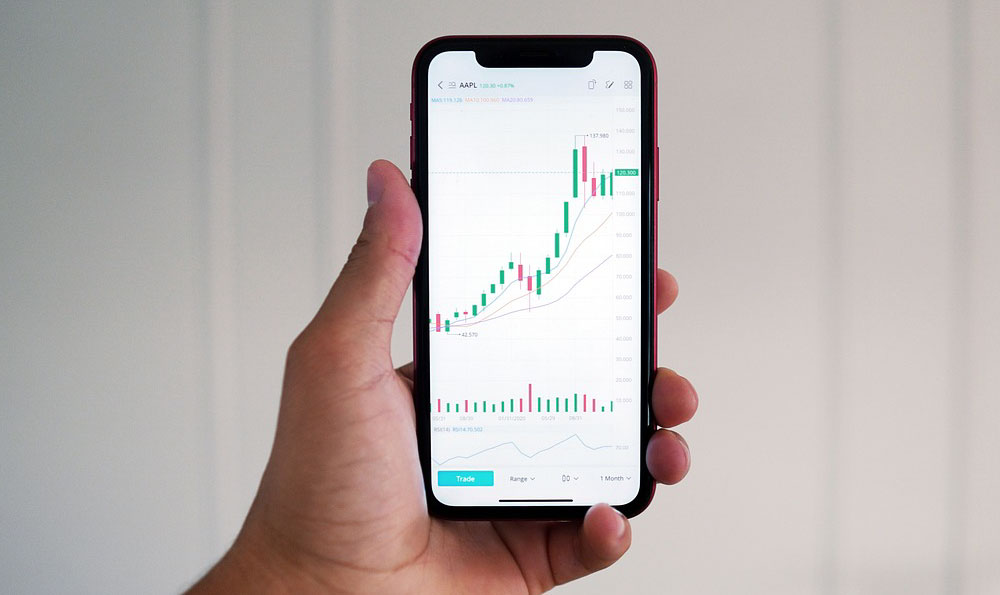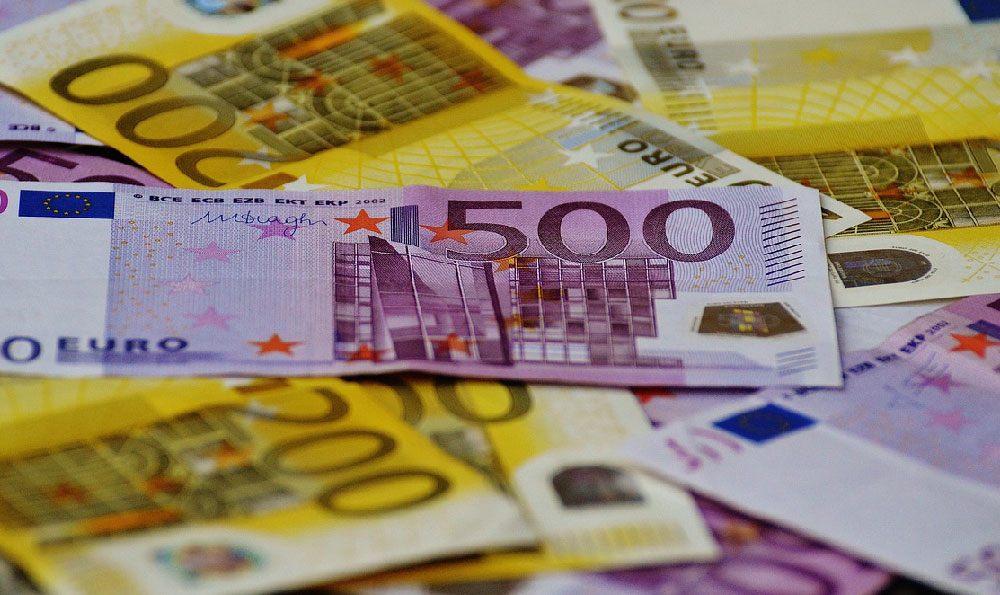Okay, I'm ready. Here's an article answering the question, "How do car dealerships profit? Is it through financing?"
The Engine of Dealership Profits: More Than Just the Sticker Price
The perception that car dealerships make their vast fortunes solely from the sticker price of a vehicle is a simplification of a complex financial engine. While the initial sale is undoubtedly important, dealerships cultivate a multi-faceted profit model that extends far beyond the base MSRP. Financing, trade-ins, service departments, and the sale of add-on products all contribute significantly to their bottom line. Understanding these various revenue streams allows consumers to navigate the car-buying process with greater awareness and potentially secure a better deal.

Let's dissect the core of dealership profitability: the new car sale itself. Margins on new vehicles, particularly high-volume models, are often surprisingly thin. Dealerships operate under a franchise model, meaning they are independent businesses tied to a specific manufacturer. This relationship dictates, to a large extent, the pricing structure. Manufacturers incentivize dealerships to meet sales targets through volume bonuses and other performance-based rewards. A dealership might be willing to accept a lower profit margin on an individual car if it means hitting a sales quota that unlocks substantial manufacturer incentives. These incentives can be a crucial component of their overall profitability, especially in competitive markets. The pressure to move inventory quickly also plays a role; holding onto a vehicle for too long ties up capital and increases the risk of depreciation.
Now, consider the allure of financing. This is indeed a significant profit center for many dealerships. While some customers arrive with pre-approved financing from their bank or credit union, many rely on the dealership to arrange their car loan. Dealerships act as intermediaries, connecting customers with various lending institutions. They receive a commission, often referred to as a “dealer reserve,” for arranging the financing. This reserve is the difference between the interest rate the lender is willing to accept and the interest rate the dealership presents to the customer. While this practice is legal, it can lead to inflated interest rates, particularly for buyers with less-than-perfect credit. The longer the loan term, the greater the overall interest paid, and thus, the potential profit for the dealership. Furthermore, dealerships may also profit from selling add-on financing products like gap insurance (which covers the difference between the loan balance and the car's actual cash value in case of theft or total loss) and extended warranties. These products, while potentially beneficial to some buyers, often carry high markups. Transparency is key here. Understanding the terms of the loan, the interest rate, and any additional fees is crucial before signing any paperwork. Shopping around for financing independently is almost always advisable.
Trade-ins also contribute substantially to dealership profits. A dealership will typically offer a wholesale price for a trade-in vehicle, aiming to resell it for a profit. The difference between the trade-in value offered and the eventual resale price represents a significant source of revenue. Dealerships are adept at assessing the market value of used cars and factoring in the cost of reconditioning and repairs. They are in the business of buying low and selling high, and trade-ins provide a consistent stream of used car inventory. The perceived convenience of trading in a vehicle at the dealership often outweighs the potential for a higher price by selling it privately, which allows the dealership to capitalize on this convenience factor.
Beyond sales and financing, the service department is often the unsung hero of dealership profitability. Routine maintenance, repairs, and parts sales generate a steady flow of revenue, even during periods of economic downturn. Unlike new car sales, service departments typically operate with much higher profit margins. Customers often rely on dealerships for specialized repairs and maintenance, especially for newer vehicles still under warranty. The service department's profitability is driven by a combination of labor charges, parts markups, and the recurring nature of automotive maintenance.
Finally, the sale of add-on products contributes to the overall profitability picture. These products can range from paint protection and fabric protection to security systems and upgraded audio equipment. While some of these products may offer genuine value, they are often sold with significant markups. Dealerships train their sales staff to emphasize the benefits of these add-ons, often creating a sense of urgency or necessity. Customers should carefully consider whether these products truly meet their needs and compare prices with aftermarket options before making a purchase.
In conclusion, while financing plays a significant role in the profitability of car dealerships, it is only one piece of the puzzle. Dealerships operate a complex business model that relies on multiple revenue streams, including new car sales (leveraging manufacturer incentives), trade-ins, service departments, and the sale of add-on products. Understanding this multifaceted approach empowers consumers to make informed decisions and negotiate effectively, ultimately securing the best possible deal. The key is to be informed, shop around, and be prepared to negotiate each aspect of the transaction independently. Don't be afraid to walk away if you don't feel comfortable with the terms being offered. Your knowledge is your greatest asset in the car-buying process.












